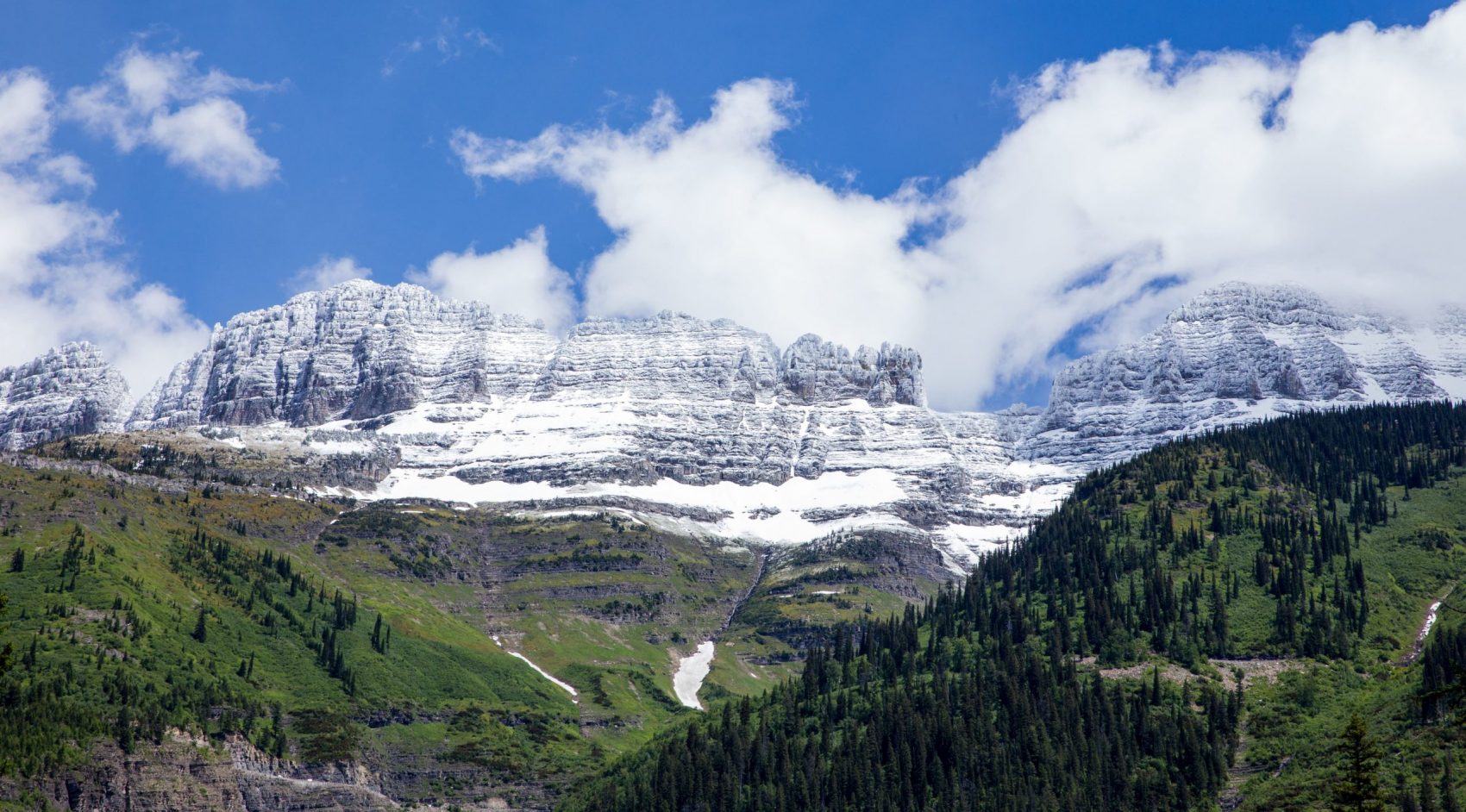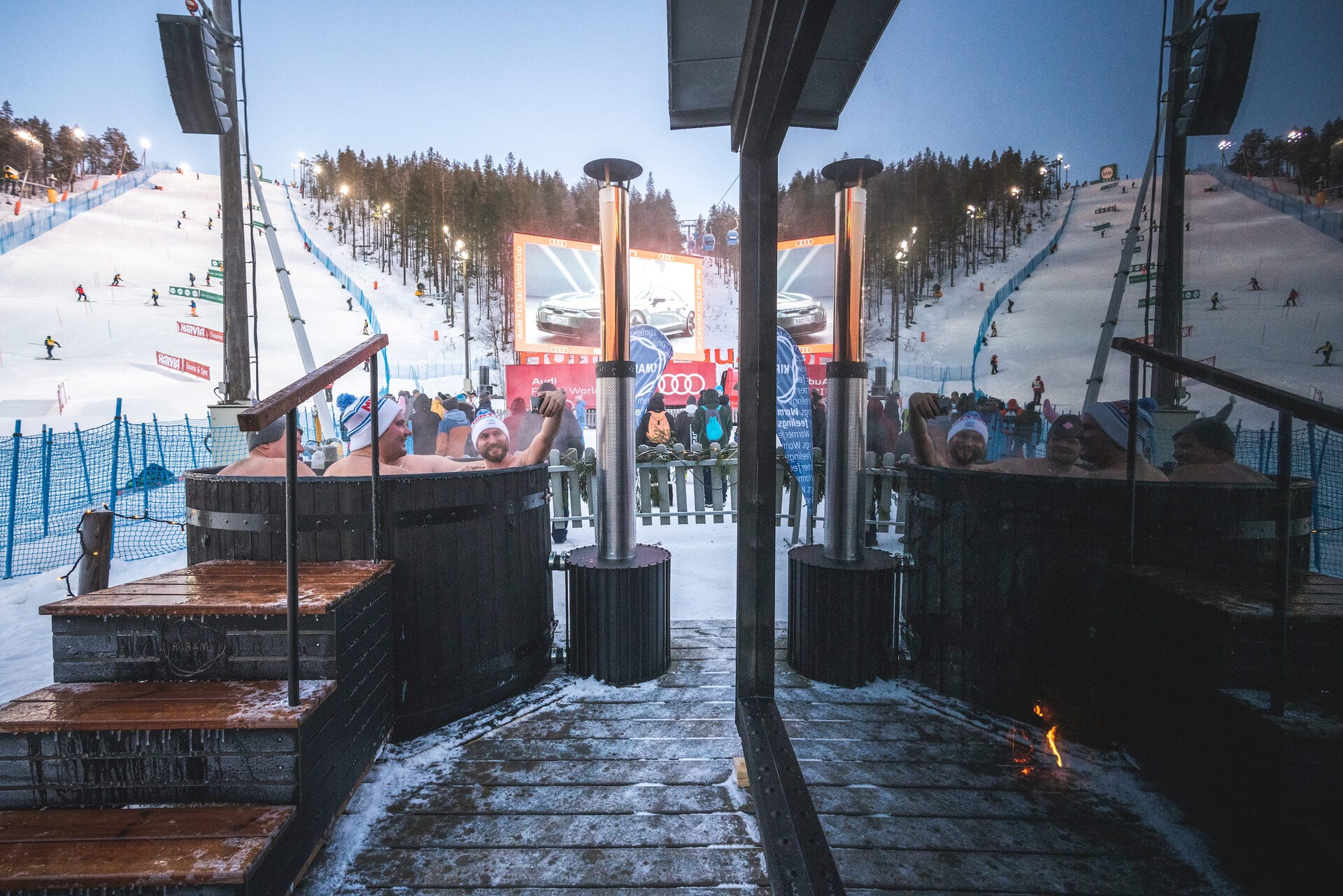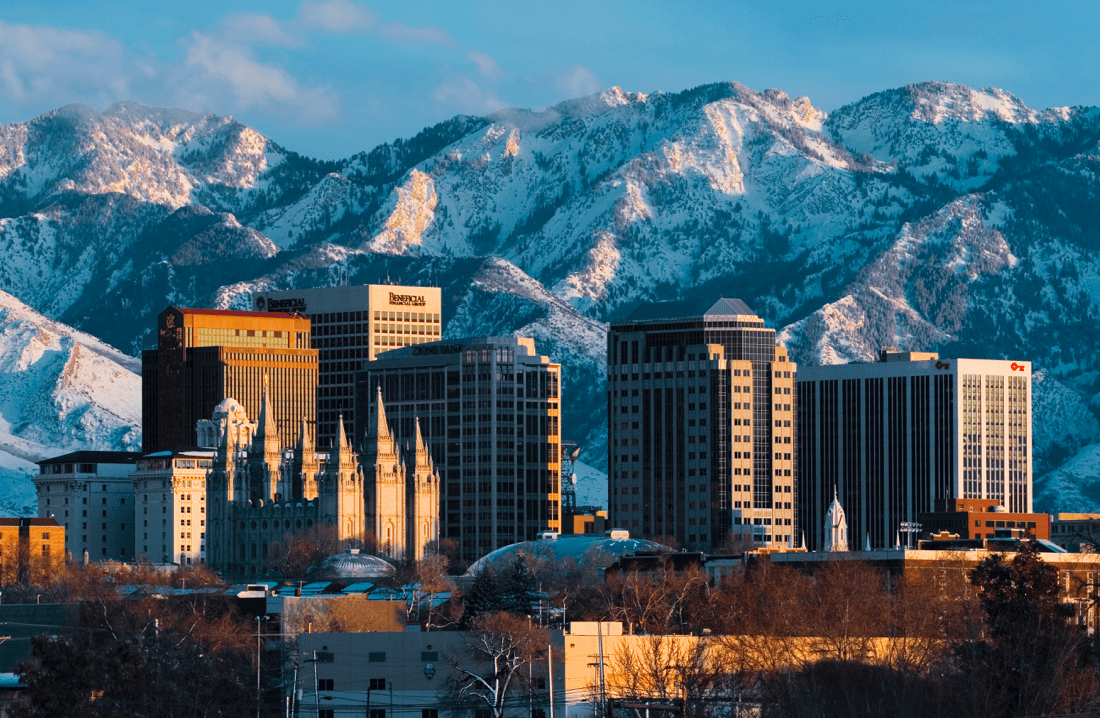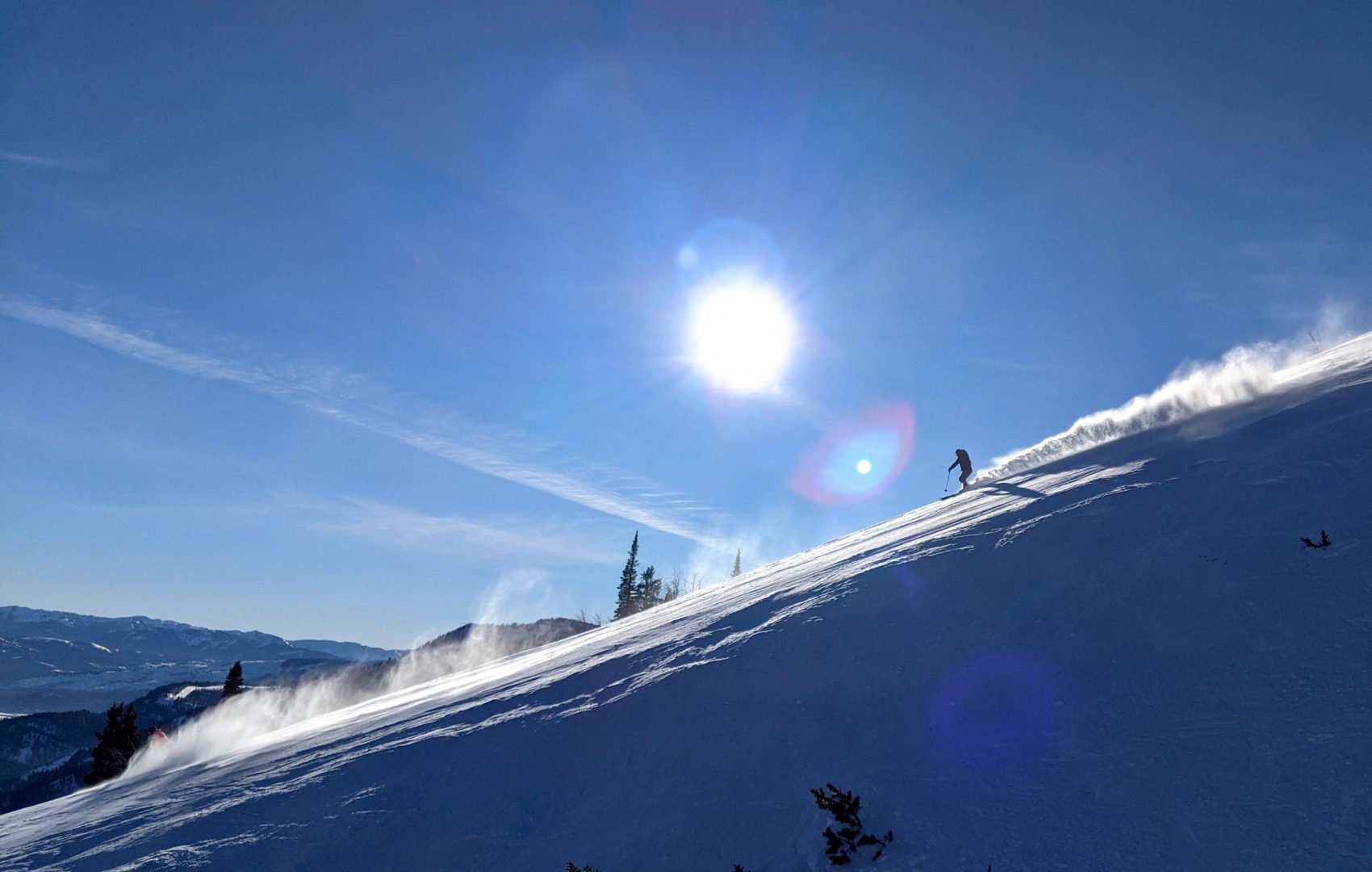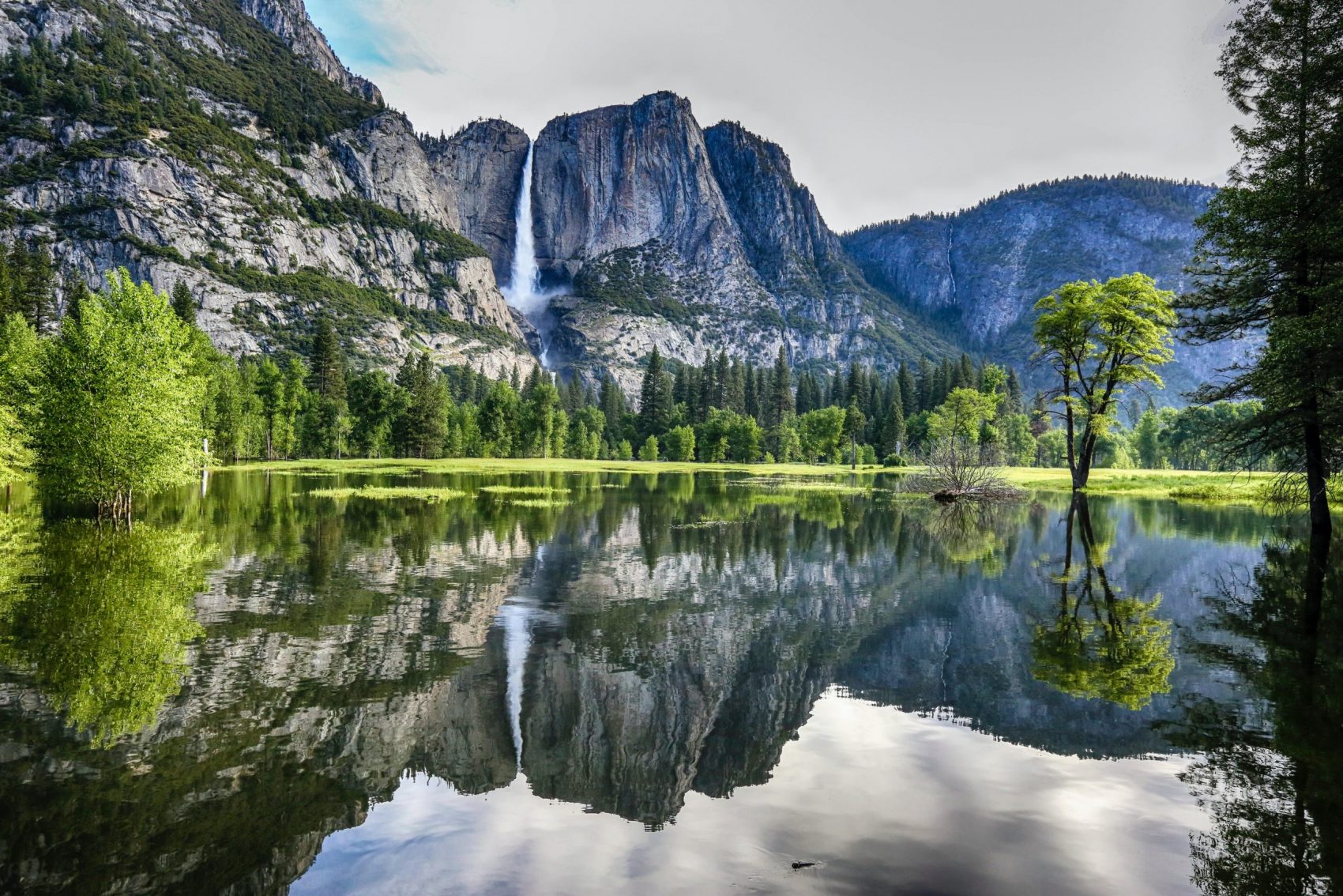
As spring and summer months come, the busy season for the National Park Service begins. While temperatures start to climb, people all over the States begin to dust off their tents and hiking boots and flock to many of the 63 National Parks. This summer, however, some parks will require reservations for entrance into their lands. Therefore, anyone planning a visit should make extra arrangements to ensure that they will be allowed a slot.
People navigating the COVID-19 pandemic while planning their summer getaways will undoubtedly look at outdoor activities. The National Park Service also has to make adjustments to be open during the pandemic, especially when many parks closed for part of 2020. They are turning to the reservation system to prevent overcrowding at the parks. While not all parks will enforce reservations to enter, some will have guests book time slots to visit some of the more popular attractions. With the two-month closure, the National Park Service saw a 27.8% decrease in visits from 2019 to 2020. Forecasters predict the total visits this year will eclipse the 237 million recreational visits from last year. With people receiving vaccinations and feeling the cabin fever of the last year, I would expect that the National Park Service will see more traffic this year. Here are the parks that will take a little extra planning before you visit this summer (make all reservations at recreation.gov).
Acadia National Park, Maine
Visiting Acadia won’t require a reservation this summer, but the National Park Service is limiting access up Cadillac Mountain, which offers the first sight of sunrise in the continental US. So instead, the park is asking guests to book either a two-hour sunset window or a thirty-minute day slot between May 26 and October 19. Both options cost $6 on top of the usual vehicle entrance fee of $30. Thirty percent of the reservations are open for booking 90 days ahead of the date, but the rest are available two days before the ticket date.
Glacier National Park, Montana
One of the routes that Glacier National Park is known for is the 50-mile Going-to-the-Sun Road, with viewpoints to see waterfalls and bighorn sheep, as well as trails and campgrounds. A reservation is needed to drive the road this summer, while entrance into the park will not. Anyone on the route between May 28th and September 6th will need to purchase a day pass for $2. Summer tickets will be released 60 days in advance, while a quarter of the tickets will be available two days before the date. The standard $35 vehicle entrance fee still applies.
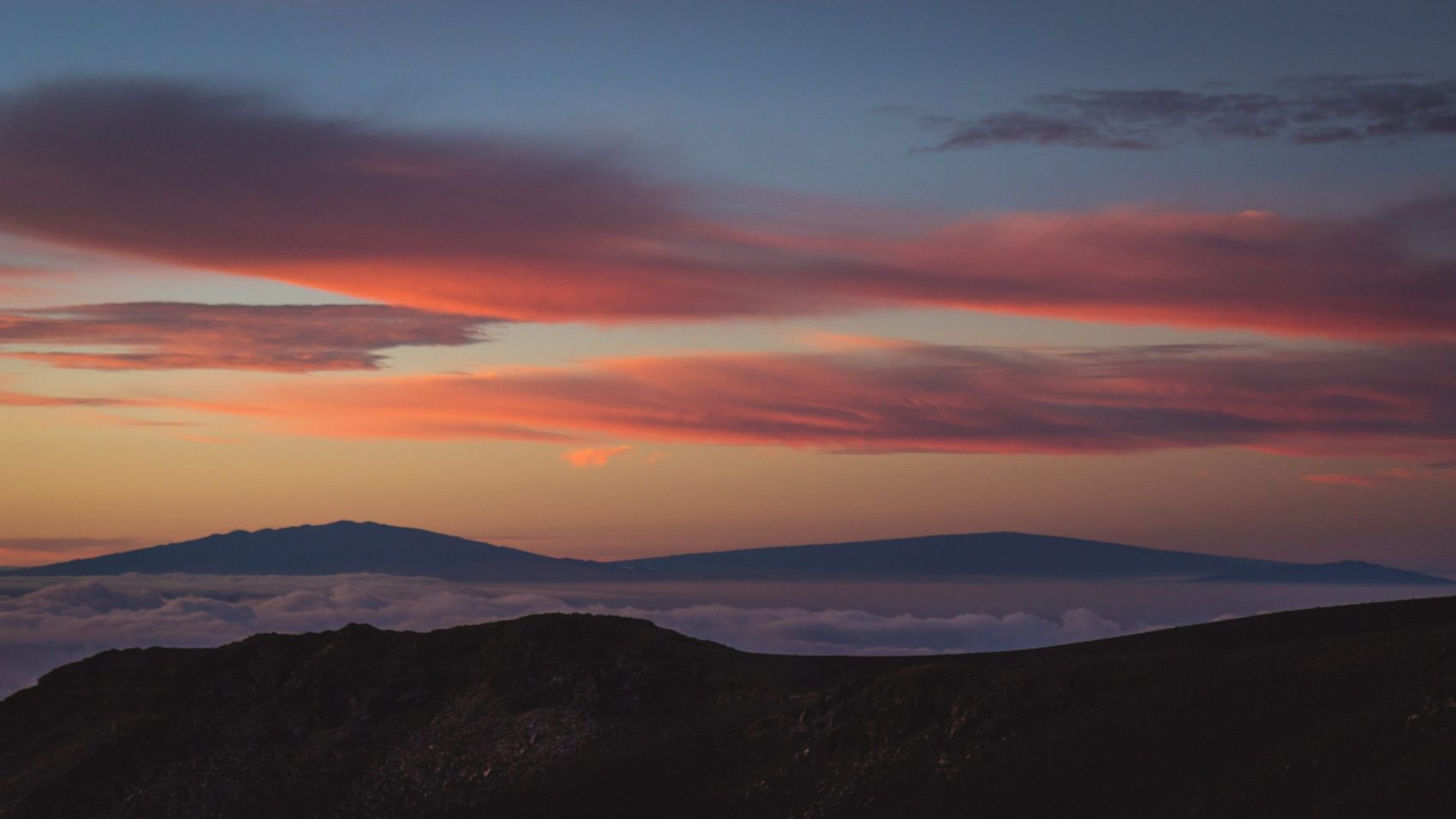
Haleakala National Park, Hawaii
Haleakala National Park started taking reservations in 2017 and will continue to do so this summer. Sunrises at this park are spectacular, and visitors can make a reservation to summit the dormant volcano between 3 AM and 7 AM. After 7 AM, no reservation is needed. Tickets to see the sunrise from 10,000 feet cost only $1 on top of the $30 park entrance fee.
Rocky Mountain National Park, Colorado
The park, located about an hour and a half north of Denver, is one of the most trafficked. As a result, this summer’s reservation system will have a two-pronged approach enforced between May 28th and October 11. Visits to Bear Lake Corridor will require reservations for two-hour time slots between 5 AM and 6 PM. The reservation will ensure access to Bear Lake, all surrounding trails, and the rest of the park.
If you would rather visit the rest of the park and skip Bear Lake, you can reserve a separate two-hour time slot. These windows denote when you must enter the park, but visitors can stay beyond the end of their window at all parks. All Rocky Mountain reservations go on sale the first day of the month in which the reservation lands. If you don’t get a spot on the first of the month, then 25 percent of tickets will be available the day before entry at 5 PM. Reservations cost $2, and the normal vehicle entry fee is $27. Members with annual passes will only pay the $2 fee.
Yosemite National Park, California
Yosemite National Park took reservations last year, and it will continue to do so this summer. In 2020, rangers capped entry to the park at 50 percent capacity, allowing visitors to explore the park without the usual crowds. Depending on COVID-19 rates, the park will operate between 50 and 90 percent this year. Entrance to Yosemite costs $35 per vehicle, but the ticket is valid for three consecutive days. Similar to Rocky Mountain National Park, annual pass holders only pay the $2 processing fee. Reservations went on sale April 21st for the period May 21 to June 30. The rest of the reservations will go on sale at a later date. Details are found on Yosemite’s website.
There is one exception to Yosemite’s reservation rule. Those who have already booked a campsite, lodging, or Airbnb within the park will not have to make a reservation. Instead, have confirmation of your stay ready to show rangers upon entrance into the park. The park entrance fee of $35 still applies.
Zion National Park, Utah
Certain areas in Zion will require a reservation this summer. Upper Zion Canyon and Scenic Drive will both be closed to cars. Guests must book a reservation to take the park’s shuttles (socially distanced, of course) to Angel’s Landing, the Emerald Pools, and West Rim Trail. Shuttle tickets cost only $1 and are available on the 16th and last days of each month. The reservations are for one-hour time slots but can be used as hop-on, hop-off passes for the remainder of the day. Tickets will also go on sale at 5 PM the day before as well. As with all other parks, the $35 shuttle fee will apply.
